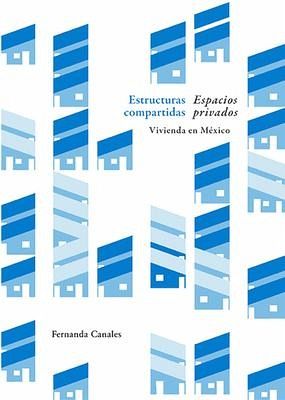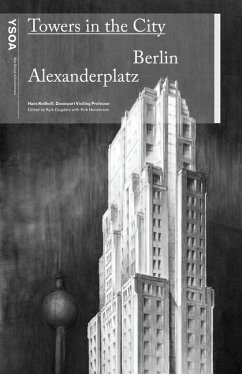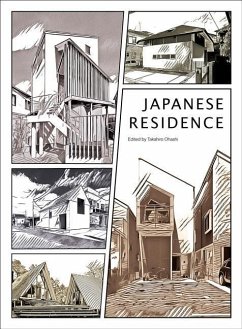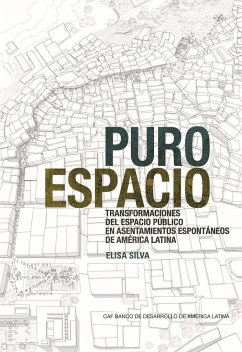Nicht lieferbar

Shared Structures, Intimate Space
Housing in Mexico (Spanish Ed.)
Versandkostenfrei!
Nicht lieferbar
A case study that analyzes the relationship between ideas and houses, this book focuses on 100 years of housing projects in Mexico: from the space that lies between bedrooms to that of streets and of society itself; from the space that first appears as a graphic representation to its ultimate role in defining our cities. This book questions the common tools used to conceive and represent housing projects. It attempts to collate the discourses of different authors in order to trace the meaning of privacy within shared structures. The global phenomenon of massive urbanization that originated in ...
A case study that analyzes the relationship between ideas and houses, this book focuses on 100 years of housing projects in Mexico: from the space that lies between bedrooms to that of streets and of society itself; from the space that first appears as a graphic representation to its ultimate role in defining our cities. This book questions the common tools used to conceive and represent housing projects. It attempts to collate the discourses of different authors in order to trace the meaning of privacy within shared structures. The global phenomenon of massive urbanization that originated in Latin America manifested itself in Mexico at an unseen scale and has since been a testing ground for novel housing and urban solutions. The geographic, social, and economic diversity of Mexico constitute a prime example of the challenges inherent to meeting individual needs in an increasingly crowded world. The drawings and essays comprise new ways of looking at theories and buildings in order to redefine the connection between housing and the city. This research is centered in drawings of 70 housing projects, creating a common language highlighting different attempts at reinventing the house not as isolated battles but as part of a strategy for reimagining how we want to live. This book showcases the pivotal voices that have shaped major cities through housing projects and explores how policies and ideas transform into built form, and how in turn buildings shape societies. This book showcases projects and theories from authors such as Luis Barragán, Juan O¿Gorman, Mario Pani, Tatiana Bilbao, Alberto Kalach and Mauricio Rocha. It also includes works from Christofer Alexander and Alejandro Aravena.











